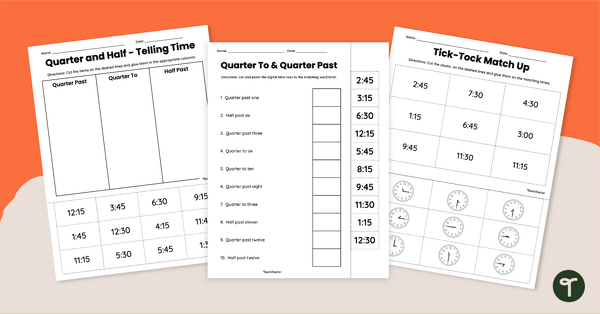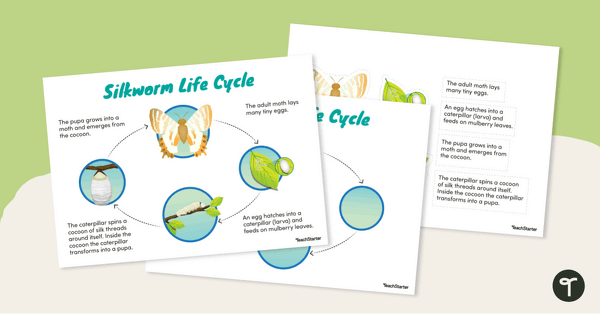Explore the difference between story settings and non-settings with this cut-and-paste worksheet.
Identifying Story Settings
One of the first narrative elements we teach to our littlest learners is story setting – the time and place in which a story unfolds.
This cut-and-paste worksheet has been designed to help your students differentiate between story settings and non-settings. Students are required to cut out the images, then look at each picture and sort them. If the picture is a setting, they need to glue it in the ‘setting’ row. If the picture is not a setting, they need to glue it in the ‘not a setting’ row.
Multiple Applications for This Story Settings Worksheet
This versatile resource can be used in multiple ways in your classroom. Why not try some of the following suggestions:
- Whole-class warm-up
- Small-group rotations
- Targeted intervention groups
- Fast finisher challenge
- Homework activity
Easily Prepare This Resource for Your Students
Use the dropdown icon on the Download button to select between the editable Google Slides or the easy-print PDF version of this resource.
As this download contains an answer sheet, we recommend printing one copy of the resource, then removing the answer sheet before continuing to prepare the resource.
This resource was created by Samantha Rose, a Teach Starter collaborator.
Click below for more resources to use when teaching story settings!
[resource:4967004] [resource:4968002] [resource:4924621]












0 Comments
Write a review to help other teachers and parents like yourself. If you'd like to request a change to this resource, or report an error, select the corresponding tab above.